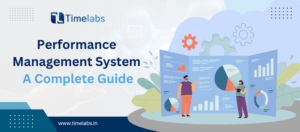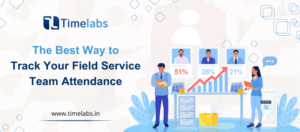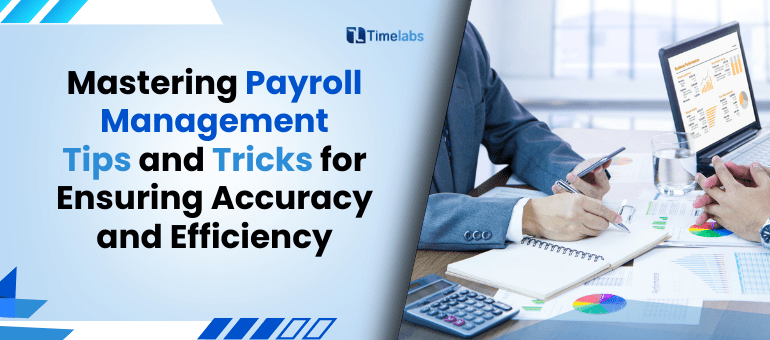Making the conversion from a manual time and attendance system to an automated one is a tremendous and complicated process. Irrespective of your company size, requirements or objectives, applying automation to your time and attendance procedures will minimize errors, simplify processes and build savings for the future.
Preparing for a time and attendance initiative is simpler with a guide. The following article provides support in making the transition from a manual to an automated time-attendance system:
Training & Team-Building
Irrespective of company size, it is necessary to form an assessment team that will determine requirements, identify points of improvement from an automation standpoint and the best solution to tackle a manual system. Enlist a representative from each department or team in your organisation to provide their input. They can provide valuable insight into the needs of their particular division/department. Lastly, you may need to appoint a project leader to head the project.
After the team is formed, request each member to evaluate their current time and attendance program. Have them present its functionalities and limitations in front of the entire team. As you hear each team member speak, compile a list of requirements. Identify optional versus critical requirements. Hearing what each team member has to say will help you assess which type of automated time and attendance system will benefit your company.
Research & Planning
Research is critical in determining which automated Time and Attendance System will suit your company’s requirements. Even though vendors offer diverse solutions and deployment options, you’re not expected to master the intricacies of each. Simply pay attention to the hardware options, integration methods, features and requirements that fulfil your company’s objectives.
This process is integral as it will help you eliminate vendors offering products that don’t suit your business’s requirements.
Basic Considerations
While examining features of each automated time and attendance system, you’ll quickly notice universal options that are a must. You need to ensure your vendor meets these universal considerations; any other feature should be considered as extra. If a product fails to offer universal features, look at other options.
Listed below, are universal considerations:
Licensed Software (On-Premise) versus Software-as-a-Service (On-Cloud)
Automated time and attendance software has progressed to the point where there aren’t many functional discrepancies between On-Premise and On-Cloud deployments. All the options listed in the On-Premise version are also present in the On-Cloud version and vice-versa. The selection criteria for picking one includes pricing structures, data policies (applicable to On-Cloud models), automatic updates (applying to On-Cloud models) and uptime necessities (management by IT staff or the provider).
Data Collection Methods
Every company relies on different types of time and attendance solutions, i.e. telephony, traditional time clocks, web-based systems, etc. Reliable vendors offer various types of data collection offerings to adapt to all types of requirements. Ideally the software should be compatible with all forms of data collection devices.
Integration Considerations
Does your business have an ERP or Payroll System ? If so, then your time and system must synchronize and interoperate with your existing business systems. Eliminate vendors who are unable to offer smooth integration with your current system. Timelabs offers time and attendance software integration capabilities with other ERP and payroll systems.
Complementary Products & Services
Automated time and attendance is an important component of HR management suite which includes other aspects such as employee scheduling, payroll systems, facility access control, employee self-service, etc. It is easier and convenient to manage these functions through one centralized system. Learn more about Timelabs complementary services and products.
Regulatory Compliance
First understand your company’s workforce management and regulatory compliance policies. Keep in mind some requirements are authorized to comply with statutory regulations.
Functionality
There are certain functionalities that make it easy to select a specific vendor. Examples of these functions include real-time capability, biometric clocking, report scheduling, advanced payment and benefit accruals, employee/shift scheduling, employee management etc.
Budgeting
Before submitting a formal request for a budget, it is recommended you complete a return on investment study first. Timelabs HR Systems are capable of providing a return within a few months. An automated time and attendance system eliminates the scope of human error (poor attendance tracking, employee overpayments, etc.) and automates business processes.
Once your ROI study is complete, your team can present this as support with your request to management. Keep in mind, certain features can increase the cost, especially if it is a rare option. It may be helpful to present numerous options.
Vendor Selection
Use the same criteria for selecting a vendor as you would when purchasing solar panels or a huge television set. Opt for a vendor with experience and a reputation for reliability. The cost and features will also play a huge role in your decision, but these won’t matter if your vendor lacks experience or trustworthiness.
Conclusion: Making the Transition
Understandably, there is much stress involved in making the transition from a manual attendance and time system to an automated one. By understanding the functionalities you require, how these features work, the needs of your company and necessary features, you’ll be able to make an informed selection.
For more tips about how to transition from a manual time-attendance system to an automate version, please contact us at Timelabs.







